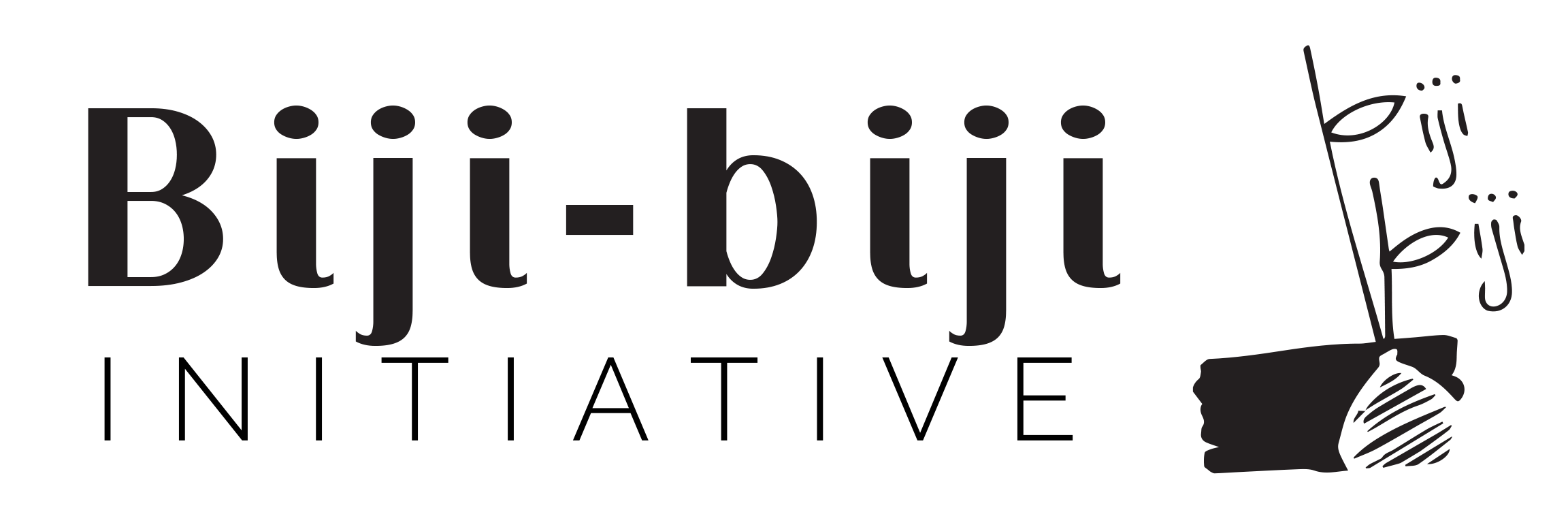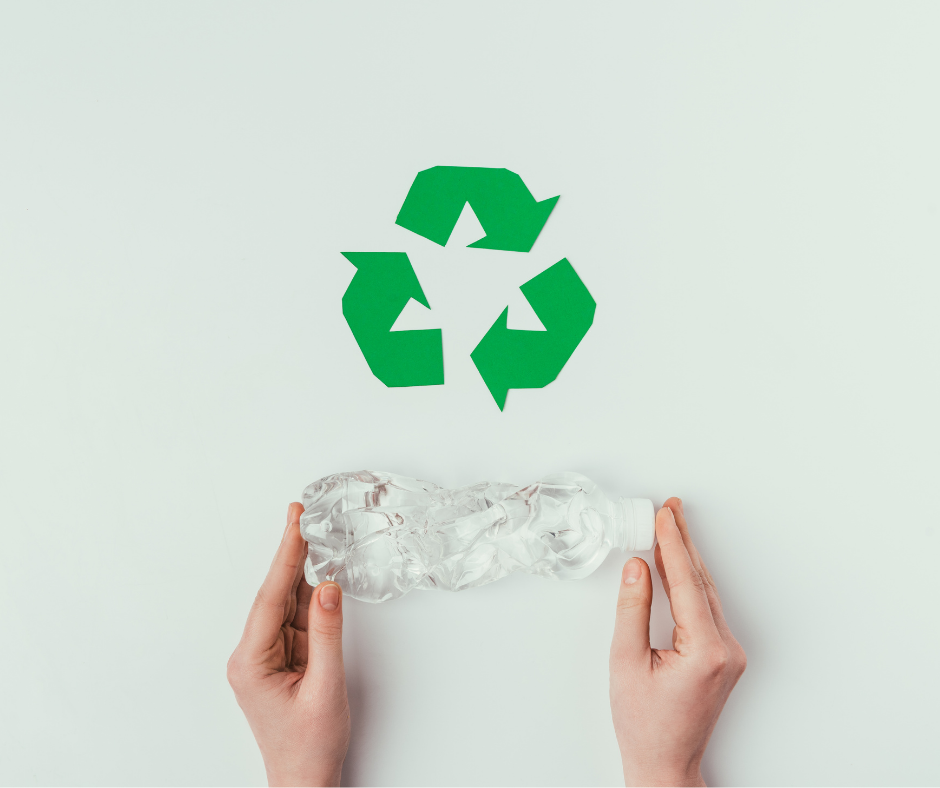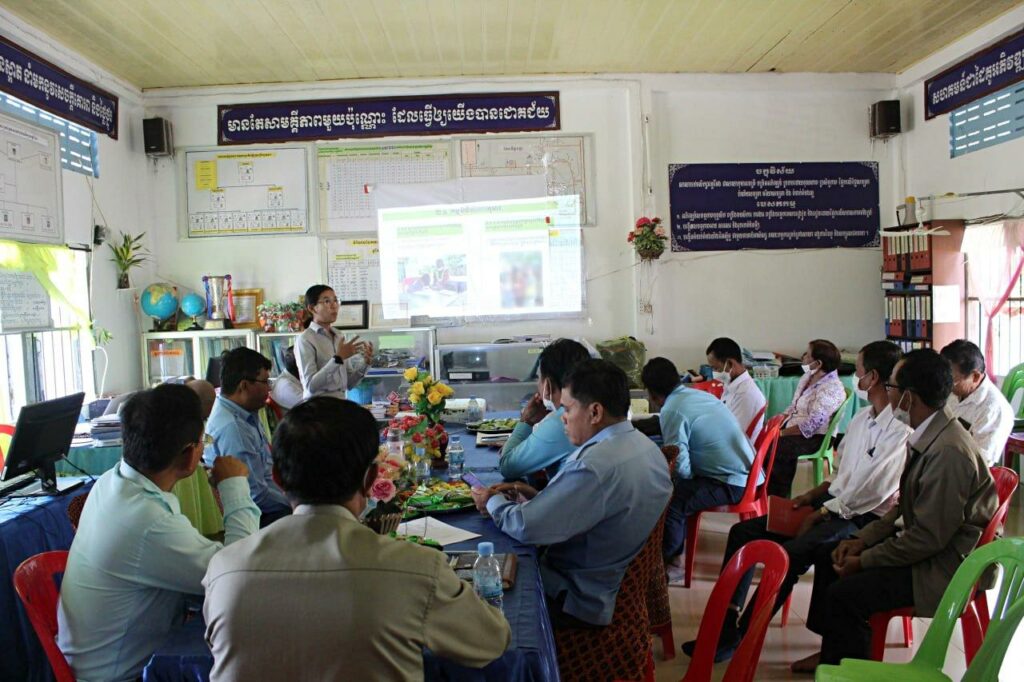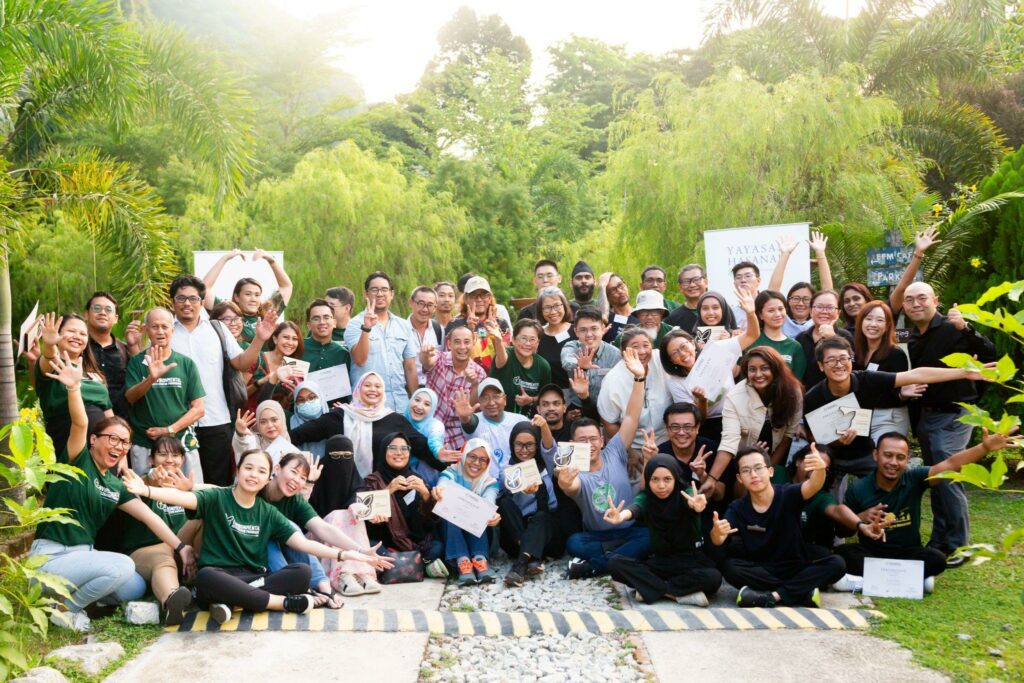Recycling is confusing sometimes. We’ve compiled a few facts about recycling that can explain why.
On the surface, recycling should be easy. You sort your trash, categorize what is recyclable and what is not, clean and dry the recyclables, place them into the appropriate bins – and you’re done.
Here’s a recycling guide for you.
However, we find that recycling may not be as simple as we think – recycling is confusing sometimes!
We say this because if recycling was straightforward, then the current recycling rates should be higher than a meagre 9% (it’s not, sadly).
In this article, we round up a few things about recycling that makes it confusing.
About the recycling industry
On the surface, recycling is about recovering recyclable material – but it is actually an economic system itself.
The recycling system is influenced by market demand, price determinations, local regulations.
More importantly, recycled commodities actually compete with virgin raw materials – will anyone prefer to purchase an item of lower quality?
This is exactly the reason why we consumers have power in determining how the recycling industry shapes up (based on our choices in our purchases and how we throw things away).
The success in recycling depends on the product designers, the consumers, to the waste-pickers and the recycling factory workers – everyone is involved in the process.
What makes recycling confusing?
1 – You can’t recycle dirty plastic
It is essential that your recyclables are empty, clean and dry. Any food residue, grease and such should be cleaned away before the item enters a designated recycling bin.
The main reason for this is to avoid contamination of a batch of recyclables – any amount of contaminated plastic will render the entire load unfit to be used to make recycled goods.
Ultimately, these are sent to the landfill.
Remember that recycled goods have to compete with products made from raw, virgin materials in the market. It is best to avoid any contamination and compromised quality of the recyclables to ensure that the items have a shot at being made into recycled goods.
2 – Only certain types of plastics are recyclable
It is a common misconception that all types and forms of plastics are recyclable. The truth is, while there are seven types of plastics, only several are commonly and readily recycled.
In Malaysia, it is only practical to recycle plastic types 1, 2 and 5 – the other types will depend on the availability of facilities and a market for post-consumer recyclables.
Even with Beyond Bins, we only accept clean and dried Type 2 and Type 5 plastics.
Plastic bags are not recyclable.
Coffee cups, especially those with a plastic lining (polypropylene), are not recyclable.
Dirty diapers are absolutely not recyclable (they are made of a few materials, and of course, it is filled with human waste).
3 – The “other”, non-recyclable category
As we know, most of the plastics we use every day are categorized into seven categories.
Category #7 is the “other” category, which includes both non-recyclable and biodegradable plastics.
Biodegradable plastic is not necessarily better. Oftentimes, biodegradable means that it needs other conditions to biodegrade and “return to nature”, per se.
Biodegradable plastics are touted as environmentally-friendly as they are able to break down into water, carbon dioxide and compost by microorganisms over time. However, they do need to right conditions to be able to decompose.
Most of the biodegradable plastics we see today need high temperature industrial composting facilities to break down, and only few municipalities have the infrastructure to handle these plastics.
If the biodegradable plastic are stuck between layers of other trash they will not be able to decompose, and they will still be releasing harmful chemicals in the landfill.
4 – Recycling labels can mislead
The most common symbol we associate recycling with is the Mobius Loop, which is the ‘chasing arrows’ symbol.
The symbol indicates an item’s recyclability, but not whether it will be accepted in all recycling collection systems.
Another symbol we may be more familiar with is the ‘chasing arrows’ symbol with plastic resin codes, which denotes the type of plastic used to make the item.
However, there are actually several more recycling symbols found on a different types of packaging (check here for a list of symbols).
A report published in 2020 by United Nations Environment Programme (UNEP) and Consumers International that focuses on plastic packaging for consumer goods and food and beverage products found that consumers may misinterpret the ‘chasing arrows’ symbol to mean recyclability or recycled content in the product.
This confusion will lead to higher levels of contamination of the recycling stream and may also undermine consumer confidence in recycling.
We still need to recycle, though
The verdict: Recycling can be confusing, and there are more reasons listed here that lead to low recycling rates today.
It doesn’t mean that we should halt our recycling efforts, though.
Previously, we mentioned that recycling distratcs from the real issue of single-use plastics. (Check out that article here.)
However, note that this does not mean that recycling is irrelevant to the conversation.
In fact, as we improve and innovate different methods of dealing with our plastic problem, recycling is even more important to conserve our resources, save energy, and to clean up our planet.
Your efforts matter
Recycling isn’t as straightforward as we hope, but the extra measures taken to make sure the recyclables are handled well will matter.
For instance, being more extra conscious in checking labels and cleaning and drying our recyclable items – these small actions will go a long way.
And, in particular, refusing single-use plastics wherever possible and being mindful of purchases as well as our daily habits that may involve throwing away excessive amounts of plastic.
Sustainability takes some practice and a little time – but it will be worthwhile to be patient.




